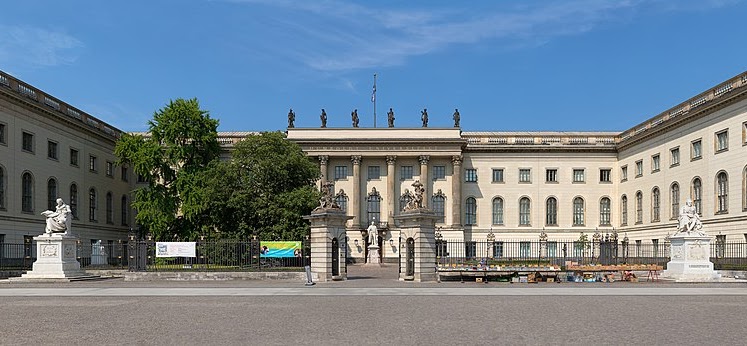It has been reported for several languages that ergative case marking interacts with information structural factors, such as focus, topic, givenness or discourse prominence (Quesada 1999, McGregor & Verstraete, eds. 2010, Schultze-Berndt 2017, Riesberg 2018, Chamoreau 2021, among many others). These phenomena open a range of questions about the relationship between information structure and core syntax. How can the organization of an utterance in discourse-related partitions affect case marking? Two major possibilities arise:
Information structure affects morphology, i.e., particular information structural domains affect the presence/absence of case markers; the question is whether optionality of ergative markers exhibits properties that differ from case optionality in general (see Chappell & Verstraete 2019 for the impact of information structure on case marking).
Information structure affects syntax, i.e., information structure directly affects the choice of syntactic construction, which is reflected in case marking, similar to cases of differential subject marking that arise with non-specific objects showing concomitant effects on the case marking of subjects (Baker 2014, Coon & Preminger 2017).
The present workshop intends to discuss the relevant facts and to shed light on the analytical aspects of the relation between information structure and ergativity.
Eva Schulze-Berndt (University of Manchester, UK)
Roberto Zavala Maldonado (CIESAS, Mexico)
Birgit Hellwig (Universität zu Köln, Germany)
András Bárány (The University of Edinburgh, UK)
We invite papers (30+15 min.) on individual languages or cross-linguistic studies:
- Either providing analytical insights into the relationship between core syntax and discourse,
- Or focusing on the empirical side of optional ergativity with solid studies in corpora, experiments and/or fieldwork.

